Share
FULL MOON NAMES THROUGH THE MONTHS
Various civilizations have developed rich traditions surrounding the full moon, assigning it names that align with seasonal patterns and celestial occurrences. Native American cultures, in particular, relied on lunar cycles for timekeeping, integrating them into their cultural practices.
If you've heard someone mention a harvest moon or a frost moon, those are just two of the types of moons you can see in the sky, but there are actually so many more of them. In fact, each month of the year has a full moon with its own name and story. Below you can see the most popular names for each month's full moon.
January: Wolf Moon
The January full moon is known as the «Wolf Moon» because historically it was believed during the winter wolves howled more at night because they were hungry. Other names for this month's full moon include old moon and ice moon.
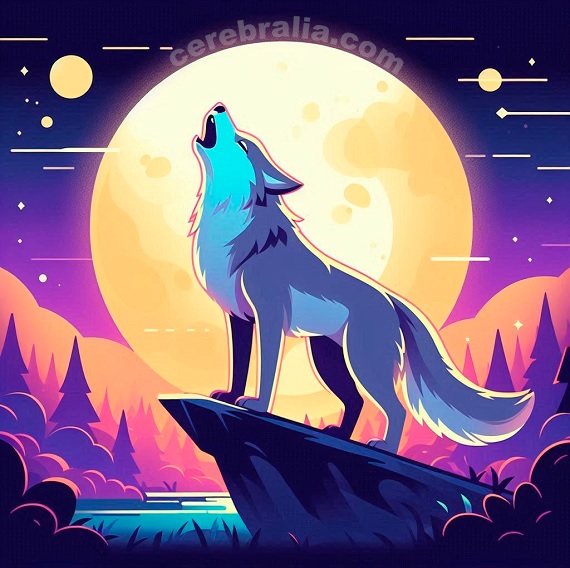
February: Snow Moon
The February full moon is often called the «Snow Moon» due to the heavy snowfall that typically occurs in the Northern Hemisphere during this month. This name was given by Native American tribes who observed the weather patterns and associated the full moon with the seasonal snowfall. Storm moon and hunger moon are other common names.
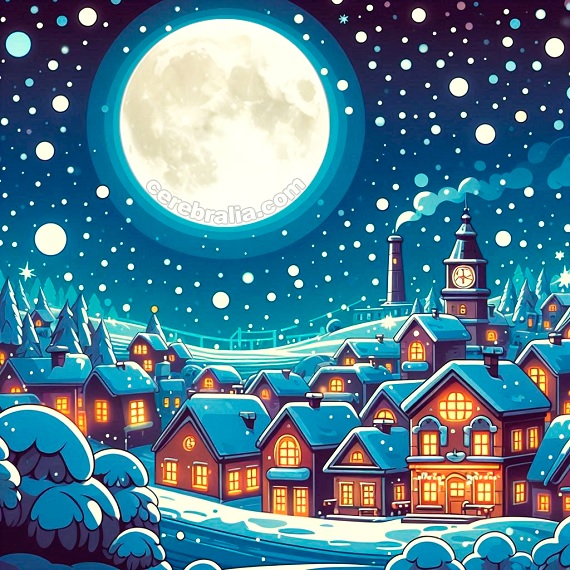
March: Worm Moon
The March full moon is called the «Worm Moon» because it coincides with the time when earthworms begin to emerge from the thawing ground as spring approaches. Other names include chaste moon, crust moon and sap moon, after the tapping of the maple trees.
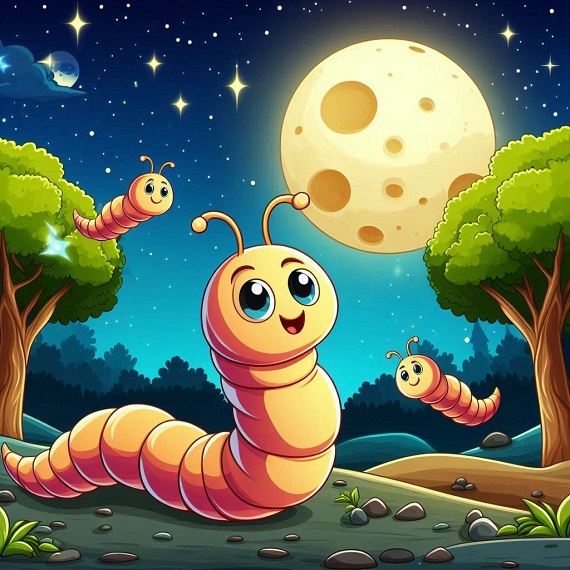
April: Pink Moon
In the case of the April full moon, the name «Pink Moon» is associated with the early springtime bloom of a certain wildflower, known as the pink phlox. These delicate, pink flowers are among the first to appear in many parts of North America in April, hence the name given to the moon. In other cultures, this moon is called the sprouting grass moon, the egg moon, the hare Moon and the fish moon.
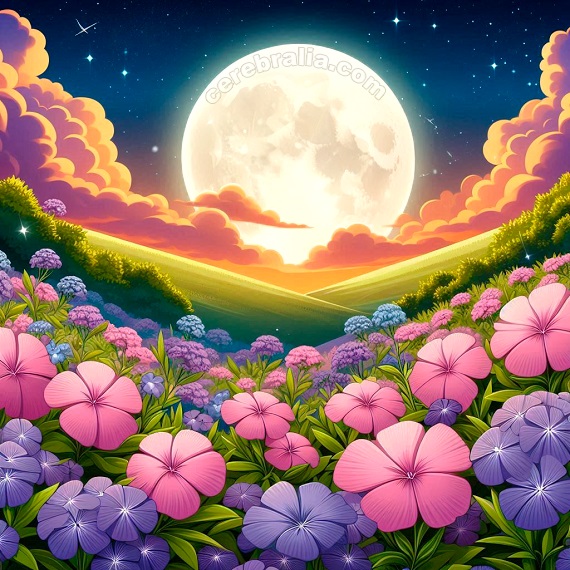
May: Flower Moon
The May full moon is called the «Flower Moon» because during this time of year, many types of flowers are in full bloom, particularly in the northern hemisphere, where spring is at its peak. So, the Flower Moon is tied to the idea of growth, renewal, and the vibrant natural world as spring transitions into early summer. Other names include the corn planting moon, and the milk moon.
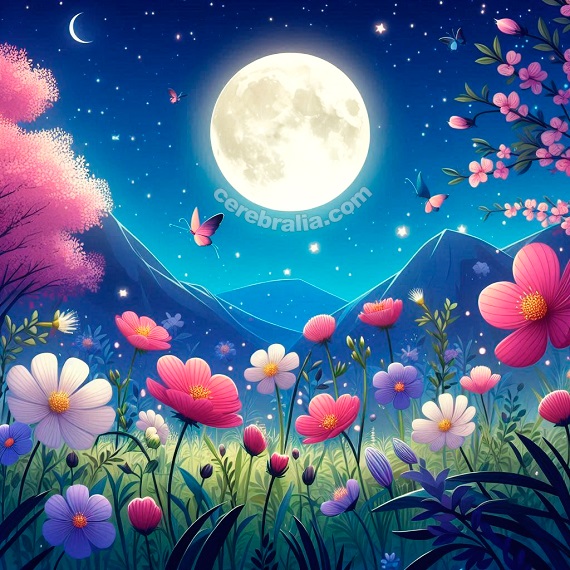
June: Strawberry Moon
In June, strawberries ripen and are ready to be harvested. So, the name «Strawberry Moon» is linked to this seasonal activity and the abundance of ripe strawberries during this time. Europeans have dubbed it the rose moon. They also called the mead moon which is a honey wine. Honey was harvested in June, and the mead was fermented over the summer months. Other cultures named it the hot moon for the beginning of the summer heat.

July: Buck Moon
In particular, the «Buck Moon» refers to the fact that, in July, male deer (bucks) begin to grow their new antlers after shedding the old ones. Some refer to this moon as the thunder moon, due to the summer storms in this month. Other names include the hay moon, after the July hay harvest; the wort moon, associated with the harvesting of herbs and plants for medicinal and culinary purposes.
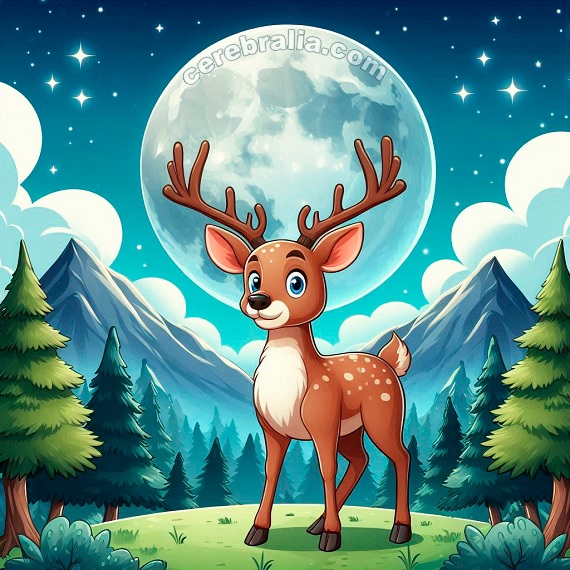
August: Sturgeon Moon
North American fishing tribes called the full moon in August the «Sturgeon Moon,» as this was the time when the Great Lakes were abundant with sturgeon, a large fish, making it the perfect opportunity for fishing. It's also been called the green corn moon, the grain moon, the barley moon, the fruit moon.

September: Harvest Moon
As the name suggests, it's traditionally associated with the autumn harvest. At this time, the Moon appears particularly bright and rises early, allowing farmers to extend their working hours into the night, aiding in the harvest of crops. This moon is also sometimes named the full corn moon and barley moon.
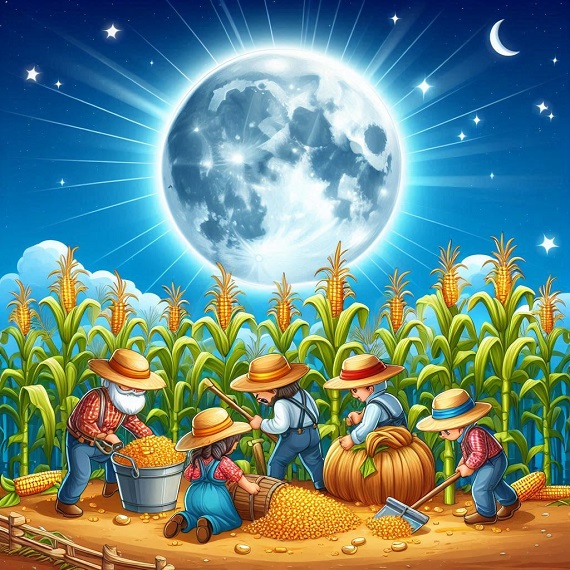
October: Hunter's Moon
In October, as autumn progresses, many animals, such as deer, are fattened up for the winter. This makes it an ideal time for hunting, and the extra moonlight provided by the Hunter's Moon aided hunters in tracking and capturing their prey. Other names include the blood moon, due to the vibrant red, orange, and brown hues of autumn leaves; the travel moon and the dying grass moon.
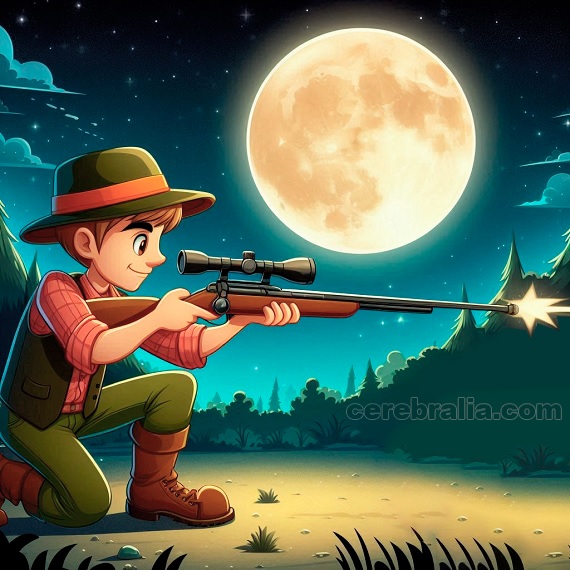
November: Beaver Moon
The November full moon is called the «Beaver Moon» because during this time beavers were actively preparing for winter by building dams and lodges, and it was also the season when trappers would set their traps before the swamps froze to ensure a supply of warm furs for the winter. Another name is the «Frost Moon» because it traditionally marks the time of year when the first frosts begin to occur.
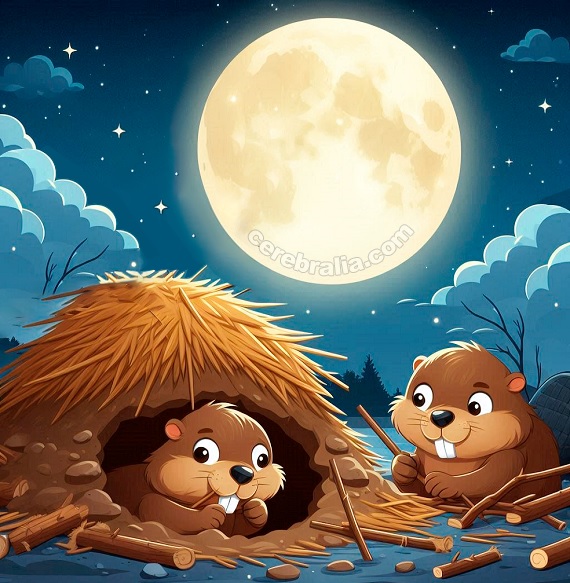
December: Cold Moon
The December full moon is called the «Cold Moon» because it occurs during the coldest month of the year in the Northern Hemisphere. This name reflects the frigid temperatures and wintery conditions that typically characterize December. Other names include the long night moon, moon before Yule and the oak moon.

It's fascinating how these traditional names for the full moons reflect the natural activities and seasonal changes observed by people in the past. Have fun sharing your knowledge and see who else shares your love for astronomy and culture!

